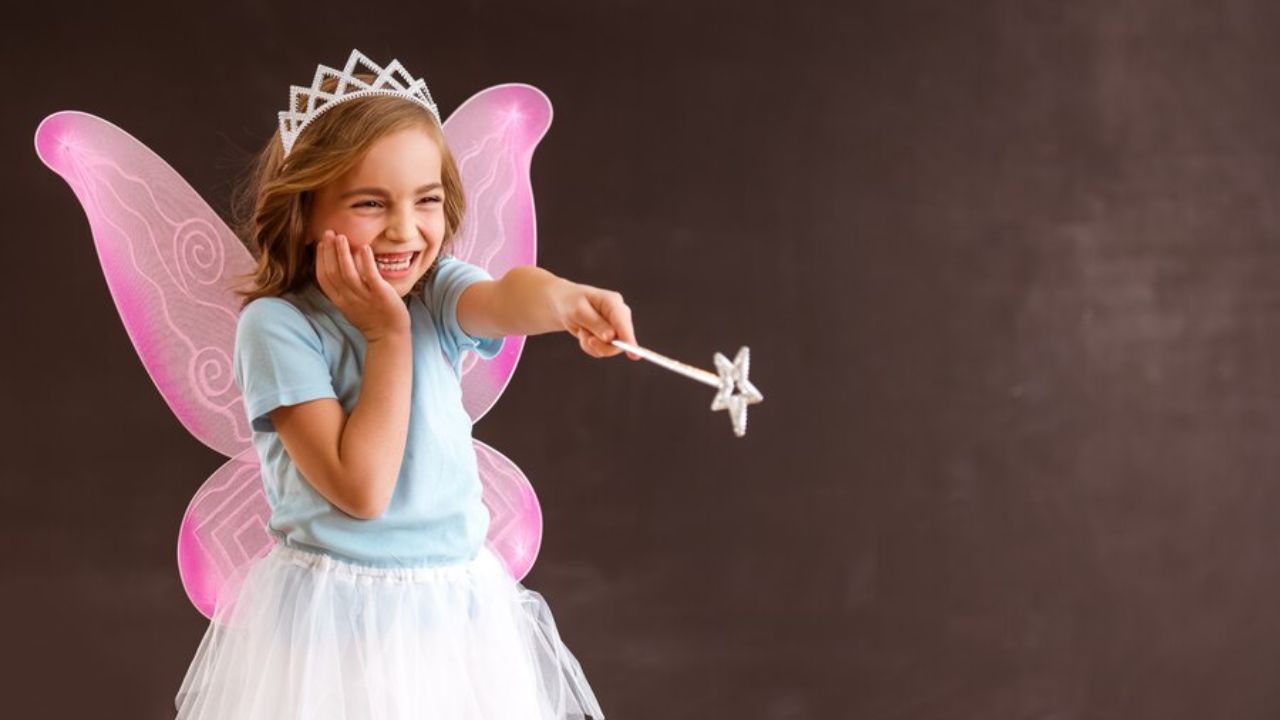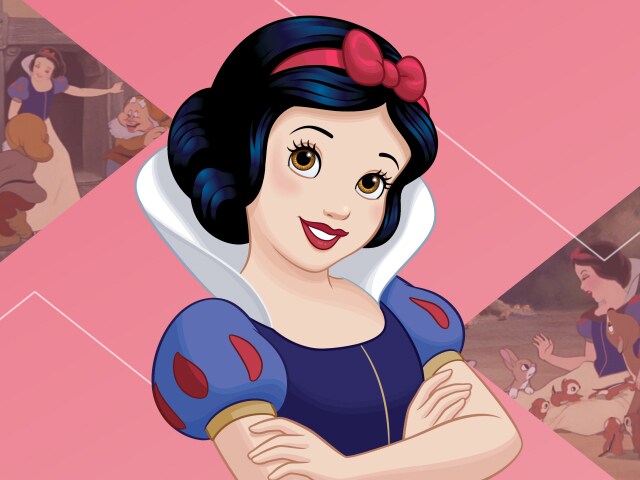Like many other significant moments, when the Tooth Fairy departs from your child’s life should be determined by your child. If your child begins to express doubts and suggests that they believe the Tooth Fairy isn’t real, it’s time to handle the situation gently.
Keep reading to find out whether the tooth fairy story is real.
Table of contents
- Is The Tooth Fairy Real?
- How Much Money Should The Tooth Fairy Leave?
- What Does The Tooth Fairy Do With All The Teeth?
- Is The Tooth Fairy Made Out Of Teeth?
- What Is The Tooth Fairy’s Favorite Animal?
- What Age Does The Tooth Fairy Stop?
- What Should The Tooth Fairy Leave?
- FAQs On Is the Tooth Fairy Real
- Conclusion
- References
- We Also Recommend
Is The Tooth Fairy Real?
The Tooth Fairy is a popular mythical character in many cultures, particularly in the United States, Canada, and some European countries. According to the legend, the Tooth Fairy is said to visit children when they lose a baby tooth. The child places the lost tooth under their pillow, and in exchange, the Tooth Fairy leaves a small amount of money or a small gift.
However, it’s important to note that the Tooth Fairy is a fictional and make-believe character created to make the experience of losing a tooth more fun and less scary for children. In reality, there is no actual Tooth Fairy that collects teeth and leaves money. It is a charming and imaginative story that parents often use to celebrate this rite of passage with their children.
How Much Money Should The Tooth Fairy Leave?
The amount the Tooth Fairy leaves for a lost tooth varies from one family to another. Just like many other challenges in parenting, consistency is crucial. While the Tooth Fairy might leave a bit more for the first lost tooth or for a particularly challenging dental incident, such as a bike accident or getting hit by a wild pitch, it’s a good idea to generally stick to a similar amount as the previous visits, usually around a dollar or so.
It’s important to maintain the same rate for all siblings. To make this easier, you can keep a designated stash of cash on hand so you don’t find yourself rushing in at 4 a.m. to lift the pillow and leave an amount that’s significantly higher than the Tooth Fairy’s standard gift.
What Does The Tooth Fairy Do With All The Teeth?
In situations like this, a highly attentive parent is quick to redirect the question to the child and ask, “You know, there are many theories about that. What do you think they do with it?”
Is The Tooth Fairy Made Out Of Teeth?
We’re going to go with “no.” Teeth simply aren’t very aerodynamic. Make it sound complicated.
What Is The Tooth Fairy’s Favorite Animal?
Again, the best answer comes from the child. If they are asking this question, the survey says they probably have an answer in mind. If the old “What do you think?” doesn’t work, we suggest something with a lot of teeth, such as a T-Rex or an alligator.
What Age Does The Tooth Fairy Stop?
Like many other significant moments, when the Tooth Fairy departs from your child’s life should be determined by your child. If your child begins to express doubts and suggests that they believe the Tooth Fairy isn’t real, it’s time to handle the situation gently.
Otherwise, there isn’t a set age for when this magical tradition should end. If you have younger children who still believe in the Tooth Fairy in a household with older siblings who no longer do, the older non-believers may be amused as they continue to receive rewards, as the success of the tradition depends on their participation.
However, there is some positive news. Involving older siblings in upholding the enchantment of traditions like the Tooth Fairy can foster empathy. You can engage older kids by saying, “Remember how you felt when someone spoiled it for you before you were ready to know the truth? Let’s ensure your younger sibling doesn’t have the same experience.”
What Should The Tooth Fairy Leave?
It appears that in the recent past, the Tooth Fairy has been observed to leave notes and toys for some children. However, the idea of the Tooth Fairy carrying toys may seem somewhat unlikely. Our recommendation is to keep things uncomplicated.
If you want to add a special touch, consider using gold-dollar coins or two-dollar bills. What the Tooth Fairy definitely shouldn’t leave behind is the tooth itself. Make sure to collect the teeth and store them in a place where inquisitive eyes won’t come across them.
FAQs On Is the Tooth Fairy Real
The Tooth Fairy is said to visit children when they lose a baby tooth. Children typically place the lost tooth under their pillow, and the Tooth Fairy, in the legend, leaves a small gift or money in exchange.
The right time to reveal the truth about the Tooth Fairy can vary from child to child. Some children figure it out on their own, while others may believe it for a longer time. It’s often suggested to let your child’s own skepticism or curiosity guide this decision.
If your child asks this question, it might be an appropriate time to gently explain that the Tooth Fairy is a fun and imaginative tradition rather than a real entity. Be prepared to gauge their reaction and provide reassurance.
Yes, many cultures have their own versions of the Tooth Fairy or similar tooth-related traditions. These traditions may involve different characters and customs but share the common theme of celebrating the loss of baby teeth.
Conclusion
Losing baby teeth is a rite of passage, and this time is all about growing up and learning how to take care of the teeth they will have for the rest of their lives. The magic does not have to end with the question, “Is the tooth fairy real?” You can make it special and meaningful whether the tooth fairy is around or not!
References
- colgate.com – How to Answer the Question “Is the Tooth Fairy Real?
- eurokidsindia.com – Is The Tooth Fairy Real? 4 Ways to Talk to Kids about it






